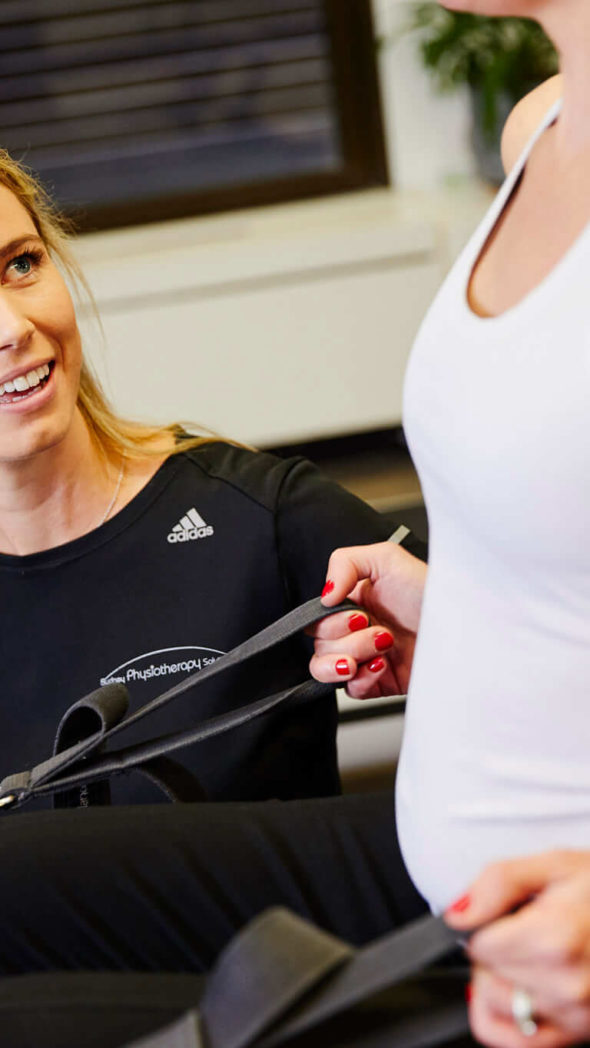Stay Connected and Motivated with Online Group Classes: A Guide for Beginners

Image Source: Google
Online group classes have become increasingly popular in recent years, offering a convenient way to stay connected with others while working towards your fitness goals. Whether you're a beginner looking to get started or someone who wants to add variety to their workout routine, joining an online group class can provide the motivation and support you need to succeed. In this guide, we'll explore how online group classes can help you stay connected and motivated, especially if you're new to this type of fitness experience. If you are looking for online group classes then, you may check this website.
Benefits of Online Group Classes
1. Convenience
- Access to classes from the comfort of your own home
- No need to commute to a gym or studio
- Flexible scheduling options to fit your lifestyle
2. Motivation
- Encouragement from instructors and classmates
- Accountability to show up and participate
- Friendly competition to push yourself harder
3. Variety
- Choose from a wide range of class types and formats
- Try new workouts and techniques without committing to a full program
- Keep your fitness routine fresh and exciting
Getting Started with Online Group Classes
1. Find the Right Platform
There are many online platforms that offer group fitness classes, so it's important to choose one that meets your needs and preferences. Consider factors such as class variety, instructor qualifications, scheduling options, and pricing before making your decision.
2. Set Realistic Goals
Before diving into online group classes, take some time to define your fitness goals. Whether you want to lose weight, improve strength, increase flexibility, or simply stay active, having clear objectives will help you stay focused and motivated throughout your fitness journey.
3. Start Slow
As a beginner, it's important to ease into online group classes to avoid burnout or injury. Choose classes that are appropriate for your fitness level and gradually increase the intensity as you gain strength and confidence. Don't be afraid to modify exercises to suit your needs.
Tips for Success
1. Create a Schedule
- Set aside specific times for your online group classes
- Treat your workouts like appointments to prioritize your health
- Consistency is key to seeing progress
2. Stay Engaged
- Interact with instructors and classmates during classes
- Ask questions, seek feedback, and share your experiences
- Join online communities or forums to connect with like-minded individuals
3. Track Your Progress
- Keep a fitness journal to record your workouts, measurements, and achievements
- Set mini goals to track your progress and celebrate small wins
- Use tracking apps or wearable devices to monitor your performance
Final Thoughts
Online group classes offer a fantastic opportunity to connect with others, stay motivated, and achieve your fitness goals from the comfort of your own home. By following this guide for beginners, you can make the most of your online group class experience and set yourself up for success. Remember to stay consistent, stay engaged, and track your progress along the way. Embrace the community, challenge yourself, and have fun with your workouts!







